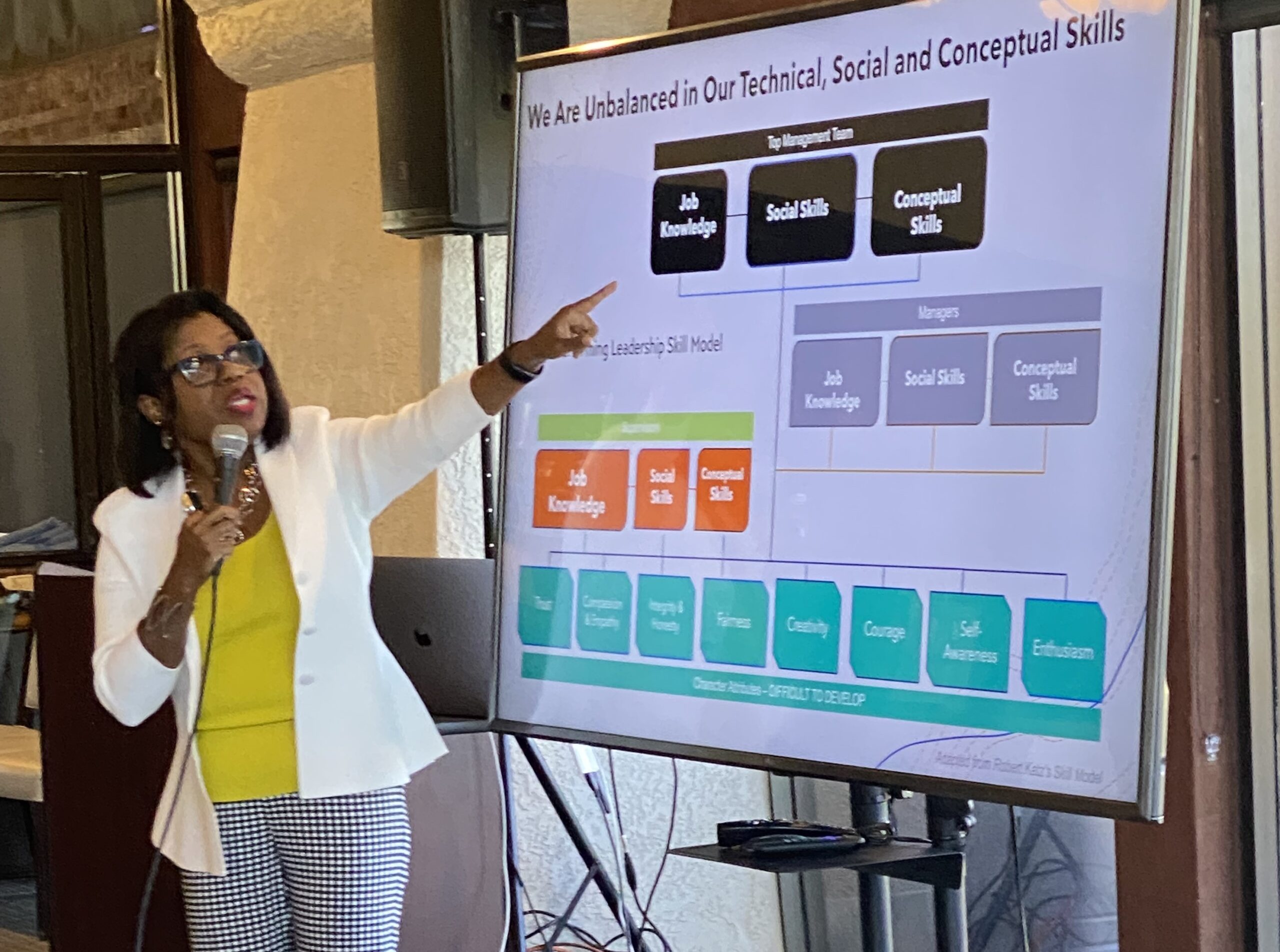According to the U.S. Chamber, the latest data shows there are 9.9 million job openings in the U.S. but only 5.8 million unemployed workers. This means there are more jobs than workers. In fact, if every unemployed person in the country found a job, the U.S. would still have 4.2 million open jobs.
Couple that with being in an organization that just doesn’t get it or in a profession that refuses to acknowledge the need for creative work options. Too many leaders say, “We need to be together in person; that’s how we get our best work accomplished,” but it’s just not so. You may prefer we’re all together; that’s cool; just admit it. But acknowledge that we don’t NEED to be together. Post-COVID leaders must figure out how to measure productivity without having eyes on employees all the time. Besides, productivity is up! Those who enjoy remote work are way more productive than those in the office.
Let me complicate things a bit further. What if you’re a leader and you get the whole shortage of talent and remote work thing, but your situation is complicated by an employer that is in crisis? You’ve built your brand on being with this employer, but things have taken a nose dive, and you’re at the top as one of the co-pilots. There’s lots of infighting, resignations, and turmoil. The board behaves as an unfit parent, but child protective services are backlogged by more pressing parental challenges. So you’re caught in the crossfire of leaders who won’t lead and employees who don’t want to follow.
Do you stay or do you go?
It sucks being an employee and a leader in an organization that is struggling. But if you’re the leader, you have the power to influence change. Leadership is what is needed. The problem, as I’ve seen repeatedly in these situations, is when, absent true leadership in the midst of chaos, those who remain are left deciding how to serve two masters: themselves and their company. Without a respected leader at the helm, most individuals in a leadership situation like this will resort to underhanded, maybe even nefarious, behaviors. Trust is immediately broken, and what most leaders in this situation fail to realize is that they look unfit to lead. If you’re a leader in the midst of chaos, your organization needs a coordinated effort to pull them through this – and may I remind you, to your employees, you’re on the Titanic. You have a choice: you can stay, or you can go. If you decide to stay, lead the effort of unity, stop the chaotic spin, and establish new rules of engagement.
Staying will require you to learn and practice new ways of leading.
As a result of helping the company pull through – and this is the goal if you stay – you’ll have developed new capabilities that will serve you well when you run into new challenges. Staying will be tough, but you stand to gain so much more by helping the company turn things around. Staying is not a solution if you’re part of the problem and are unwilling to grow.
Pam



